|
Today I got to learn how to strip basket willow. I am in the middle of a multi-year push to grow and wholesale basket willow as well as start weaving my own baskets. This goal started five years ago when I purchased one whip of basket willow from Fedco Trees, which I have cut back and propagated every year to increase my plantings. Currently, I now have about a thousand willows, which are a year or two away from producing whips in quantity. I took a class a month back with Mary Fraser, a young woman living a couple of towns over who apprenticed in Scotland and who now specializes in large baskets and wicker coffins. At that class I offered my services to help strip the bark off a batch of willow she harvested this spring, and so today I returned to spend three hours stripping bark. Here is how it is done. When I arrived, the willow we were to strip had been sitting with its cut ends in buckets of water for about a month. They had started to leaf out and send out roots. The bark was juicy and easy to strip. Stripping was a two part process. The first step was to pull it through a brake, a set of metal jaws that lightly crushed the stem and loosened the bark. The brake was clamped to a post, and you start with the thin end and pull to the thick end. Brakes cost about $125, a reasonable price when you consider that the difference in price between white willow (that which has been stripped) and brown (willow with the bark on) is about 30%. Furthermore, Mary told me that she hasn't found any US source for white willow. There are importers from Europe, or you can do it yourself, but this is clearly an under served niche that I intend to explore. I like the way the white willow looks, very clean. It dries super fast, so we sorted it into buckets, one six feet and over and one four feet and under. White willow dries quickly and takes less time to soak before weaving than brown willow, since the bark acts as a significant barrier to water loss and gain. While you can mix and match willows with different colored bark to make some beautiful patterns, the white willow is what I think of when I think classic laundry basket. That's what I'm going for.
This spring I planted about seven hundred willow cuttings at the Christmas tree farm and at my home, and next year I aim to plant about twice that much. At that point I should have between two and three thousand willow stools, which should give me a significant amount of willow to use and wholesale. I like the idea of stripping it to make a more refined product, and I found this process to be simple and pleasant. It would be an excellent activity to share with my daughters, even as young as they are now. Mary told me that in willow-growing regions of England, it used to be common for school to be suspended for this portion of the spring so that children could help their families in this important economic activity. The white willow will take about a month to dry, and should be stored out of the weather to retain their clean color. They need to be soaked for a day or two prior to weaving. While I won't be stripping any more willow this year, this is something I will likely be doing this time next year. In the meantime, if you are a basket weaver and interested in purchasing domestically grown, white willow, be in touch. I plan to charge $15/ pound, which is a couple dollars less than the imported stuff.
4 Comments
maya willow
6/26/2019 03:45:42 pm
can you please tell me when you say 'white willow' what is the variety/species of salix you are growing for your business ? I am looking to do a similar project here on myproperty in Australia. Your help on varieties and their uses would be much appreciated.
Reply
Lisa Scherer
9/18/2022 04:07:20 pm
Hi. Where can I find a "brake" for stripping willow?
Reply
Brigit Graham
6/24/2023 02:21:00 pm
You can make a break using a piece of willow. I have just posted a video on Instagram stripping willow with a home made break. @brigitgraham
Reply
Maya Rapp
1/27/2024 07:16:17 pm
At what point to you peel it? Right after harvesting, or can it be done after soaking? Hubs is making me a brake, but I have no idea when to use it. Leave a Reply. |
Hi there!My blog has evolved into a series of short essays on the nature of entrepreneurship, craftsmanship, and their overlap. If either of these topics is something you think about, you will probably like this. Archives
November 2020
Categories |
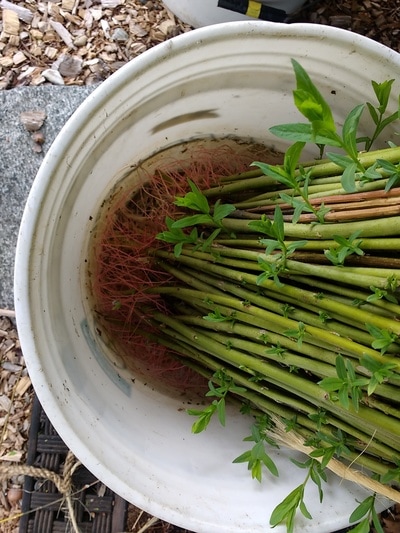
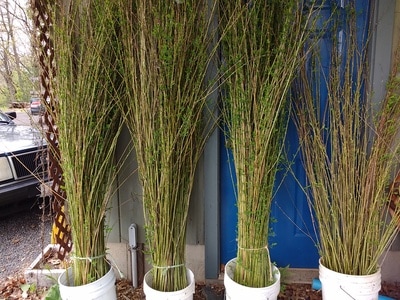
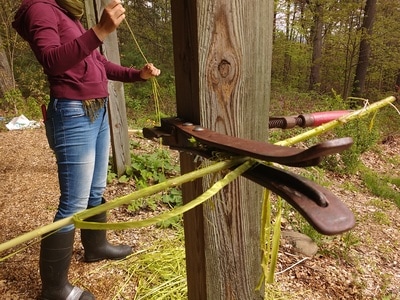
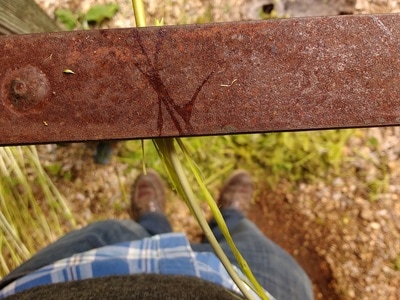
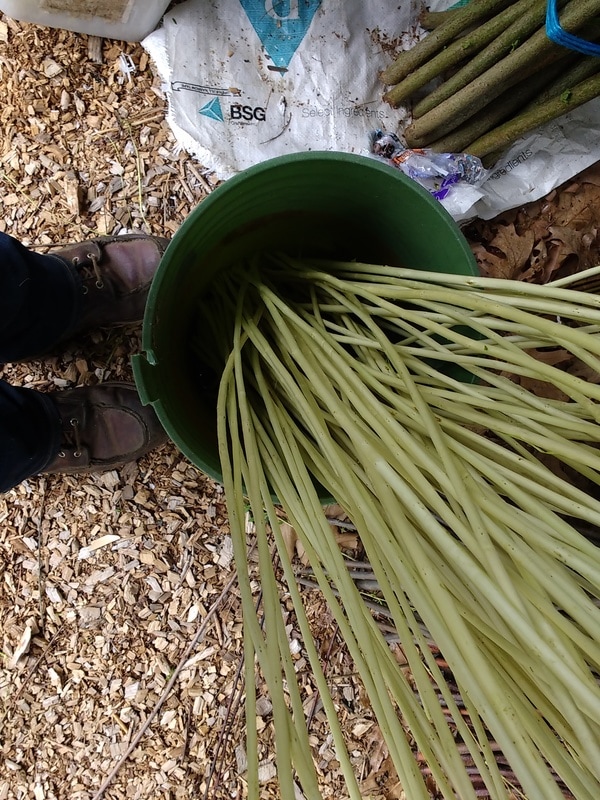
 RSS Feed
RSS Feed